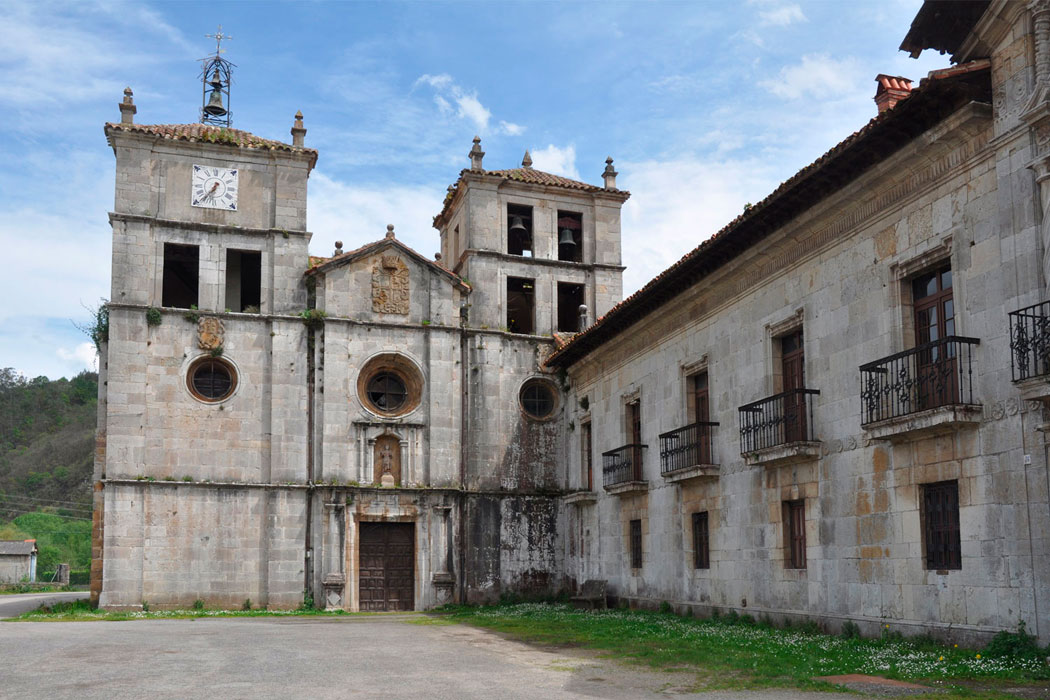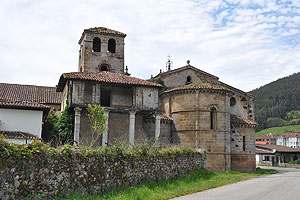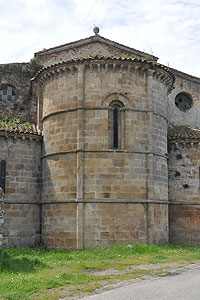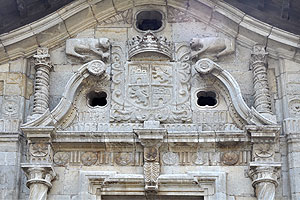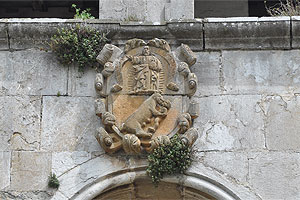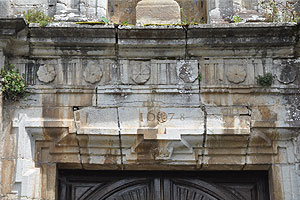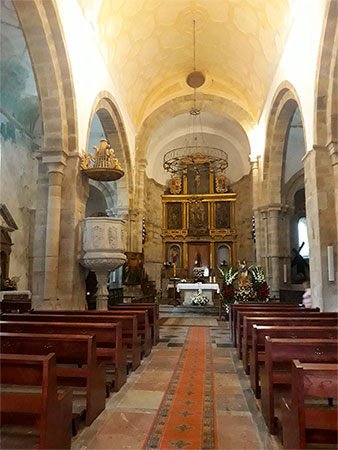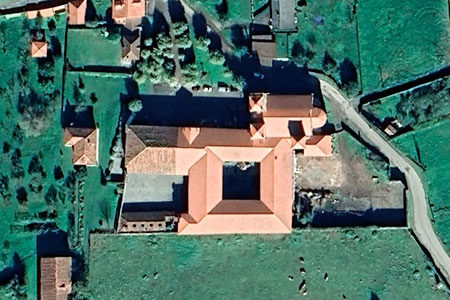Monastery of San Salvador de Cornellana
Monasterio de Cornellana / Cornelliana / Corniana
(Salas, Asturias)
The monastery of San Salvador de Cornellana was founded in the year 1024 by Cristina Bermúdez (c. 985–p. 1037), daughter of Bermudo II of León and Velasquita Ramírez. On that occasion, the founder contributed a church previously built by herself, along with a significant endowment of goods and liturgical furnishings. In its early period, it was a family-run monastery managed by various members of the founding dynasty.
This situation continued until, from 1120 onwards, Count Suero Bermúdez (c. 1070–1138), Cristina’s great-grandson, acquired all the rights and properties of other family members with the intention of donating them to the monastery of Cluny. In 1122, the count and his wife Enderquina, who had no descendants, made the donation to the Burgundian abbey, adding other properties they also owned. The donation sparked a conflict with the Diocese of Oviedo, which claimed its rights, but in the end, Cluny’s possession was recognized.
The monastery's assets grew over time thanks to the autonomy it maintained from episcopal power and Cluny itself, which, by the end of the 13th century, had ceased its presence in Cornellana. The period of prosperity continued until the 14th century, when the monastery had to place itself under the protection of lay patrons, leading to economic loss and the introduction of the commendatory system. This period of crisis lasted until 1536, when it became part of the Congregation of San Benito of Valladolid.
During the 17th century, with the stability brought by this new situation, significant construction works were undertaken. Nonetheless, the monastery still preserves some Romanesque elements from its early period, such as the bell tower and the apse. In the 19th century, it suffered the effects of the Peninsular War, with military occupation as a barracks and its eventual burning. It was restored, but in 1835, with the confiscation of Mendizábal, it permanently lost the community that had occupied it. Later, the church was restored to serve as a parish, but the monastic buildings were left in poor condition due to neglect, despite their protection as a historical monument. Recently, efforts have been made for its preservation and restoration.
- ADÁN ÁLVAREZ, Gema Elvira (2007). Estudios arqueológicos en el monasterio de San Salvador de Cornellana (1998 a 2001). Excavaciones arqueológicas en Asturias 1999-2002. Consejería de Cultura
- AZPIAZU RODRÍGUEZ, David (2018). El coto del monasterio de Cornellana. Boletín de Humanidades y Ciencias Sociales del Real Instituto de Estudios Asturianos, vol. 72
- CALLEJA-PUERTA, Miguel (2024). El monasterio de San Salvador de Cornellana en la Edad Media (1024-1536). Gijón: Ed. Trea
- FERNÁNDEZ DE CÓRDOBA, José Antonio (2003). El monasterio de Cornellana (Salas, Asturias) y los problemas de la Arqueología de la Arquitectura en Asturias. Arqueologia de la Arquitectura, 2003
- FERNÁNDEZ DE VIANA, José Ignacio (1981). Pergaminos del monasterio de Cornellana (Asturias) en el Archivo de San Payo de Antealtares (Santiago). Asturiensia medievalia, núm. 4
- GARCÍA GUINEA, Miguel Ángel; dir. (2006). Enciclopedia del Románico en Asturias. Aguilar de Campoo. Fundación Santa María la Real
- MARTÍNEZ VEGA, Andrés (2011). Monasterios medievales de Asturias. Oviedo: Cajastur, 2011
- RISCO, Fray Manuel (1793). España Sagrada, Oviedo, vol. 38. Madrid: B. Román
- YEPES, Fray Antonio de (1960). Crónica General de la orden de San Benito. Madrid: Atlas
- ZARAGOZA, Ernesto (2004). Abadologio del monasterio de San Salvador de Cornellana (siglos XII-XIX). Boletín del RealInstituto de Estudios Asturianos, núm. 163
